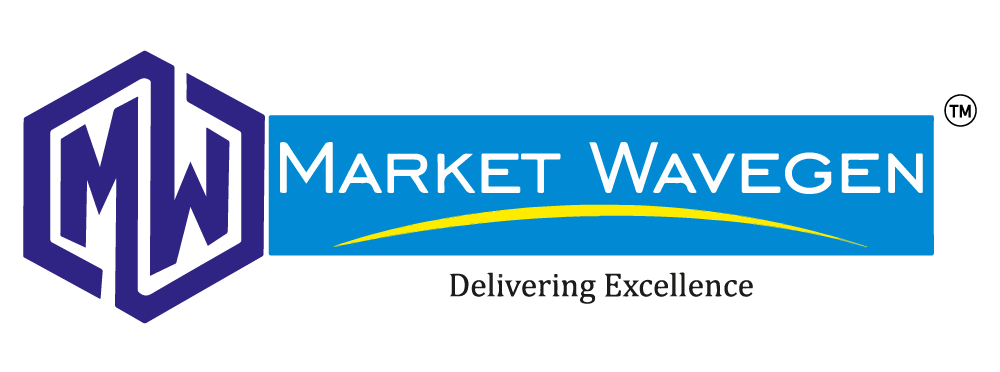Market research is an essential part of any business strategy. It helps companies understand their target audience, identify new opportunities, and make informed decisions. However, traditional market research methods can be time-consuming and expensive, making it difficult for businesses to … Read More
Business

How to Use Content to Boost Your SEO Strategy
As the digital landscape continues to evolve, search engine optimization (SEO) has become an integral part of any online marketing strategy. While there are numerous tactics that can help boost your search engine rankings, content creation remains a key driver … Read More

20 Timeless Articles Every Content Marketer Needs to Read
In the ever-evolving world of content marketing, it can be challenging to keep up with the latest trends and best practices. However, there are some timeless articles that every content marketer should read to stay informed and inspired. Here are … Read More

Content Marketing for ClimateTech: How to Effectively Communicate Your Message
Climate change is one of the biggest challenges that the world is facing today, and ClimateTech startups are playing a critical role in mitigating its impact. These companies are developing innovative solutions to reduce carbon emissions, improve energy efficiency, and … Read More

What Are the 4 Ps of Marketing, and How Are They Still Relevant?
Marketing is a critical function of any business, and its success depends on the implementation of the right strategies. One of the most fundamental marketing concepts is the “4 Ps of Marketing,” which refers to Product, Price, Place, and Promotion. … Read More

The “Why” Factor: A Blueprint for Customer Retention
In today’s hypercompetitive business landscape, customer retention has become the holy grail of sustainable growth. According to research, acquiring a new customer can cost up to five times more than retaining an existing one. Additionally, loyal customers are more likely … Read More

How Set and Measure Your Content Marketing Goals
Content marketing is an essential part of any marketing strategy. It is the process of creating and distributing valuable content to attract, engage, and retain a specific target audience. However, creating content without clear goals can be a waste of … Read More

Knowing Your Customer’s “Why” – A Pathway to Upselling & Cross-Selling
Upselling and cross-selling are two powerful sales techniques that can boost revenue and customer loyalty for businesses of all sizes. However, to effectively upsell and cross-sell, it is crucial to understand your customer’s “why” – the underlying motivation behind their … Read More

Market Wavegen’s Interactive Database: Unlocking the Power of Real-Time Insights
Are you tired of struggling with lead generation? Are you finding it difficult to attract the right audience and generate high-quality leads? If so, Market Wavegen’s Interactive Database may be just what you need to take your lead generation efforts … Read More

How to Grow Your Small Business with Data: 4 Practical Tips
In today’s data-driven world, leveraging data to grow your small business is essential. By analyzing data, you can identify key trends, patterns, and insights that can help you make informed decisions and drive growth. In this article, we’ll explore four … Read More

